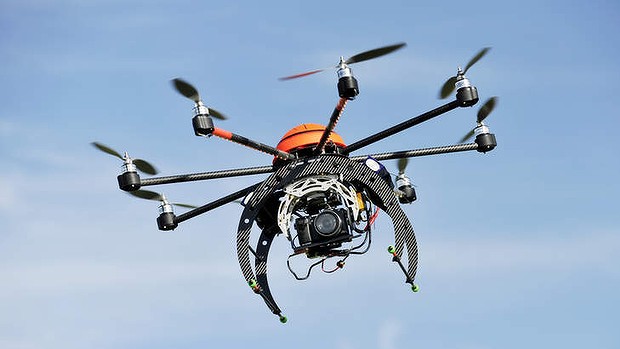
In the second of 3 weekly guest blogs, George Novak, Assistant Vice President for Civil Aviation from the U.S. Aerospace Industries Association blogs on progress that the FAA has made to integrate unmanned aircraft systems into the national airspace.
The FAA achieved a major milestone on June 28 with the publication of the final regulations for small Unmanned Aircraft Systems (UAS, or “drones”). This long-awaited rule lays the groundwork for widespread commercial applications of UAS technology in fields as varied as filmmaking, agricultural crop surveillance and automated safety inspections of railroads, bridges and pipelines. While many in industry have been clamouring for these rules for the past few years, the end result is, in fact, a positive step forward that demonstrates how the FAA and industry can work together to produce a set of rules that both fosters innovation and ensures the continuing safety of our airspace. But this is just a beginning. We really need to be thinking far ahead – to the “normalisation” of drones as part of our everyday lives.
The rapid ascent of “drones” into popular culture has been impressive, where fairly sophisticated small aircraft (yes, they are “aircraft” now) can now be purchased in mall kiosks for less than £75 ($100). From an industry perspective, this is a hopeful sign that aviation technology is once again inspiring the next wave of aerospace engineers, pilots and aviation entrepreneurs. That young girl flying a small quadcopter in her backyard this weekend might be the future CEO of an international cargo airline with a fleet of remotely-piloted or autonomous aircraft. By then, she may unfortunately lose that sense of awe that her small drone now inspires in her. As drones assimilate into our economy, our culture and our airspace, they will, like the cellular phones, personal computers and tablets before them, simply become one more type of ubiquitous technology that we use to make our lives better and safer.
By creating the UAS registry, issuing these new regulations and laying the groundwork for widespread commercial UAS operations, the FAA is welcoming drones into our lives and opening the door for entrepreneurs and visionaries to bring their full potential to light. Certainly, there will be UAS pizza and beer drops at some point, but there will also be deliveries of life-saving medicines and organs for transplant surgeries. There will be continual border, hurricane and wildfire monitoring. There will be broadband Internet and communications capabilities brought to previously inaccessible areas. Yes, there will be controversies along the way. We will need to address the privacy, noise and overflight issues that arise with UAS operations. But, like with other emerging technologies that we have embraced, we will resolve these issues and welcome drones into our world.
We look forward to the day when a UAS flying overhead elicits neither a finger pointed skyward nor a crowd gathered to watch its flight in awe – or fear. The new operations enabled by the FAA regulations are just the beginning. One day, in the not-too-distant future, we will simply say, “The pizza is here.” Only later will we blame the drone for forgetting the breadsticks!





